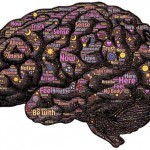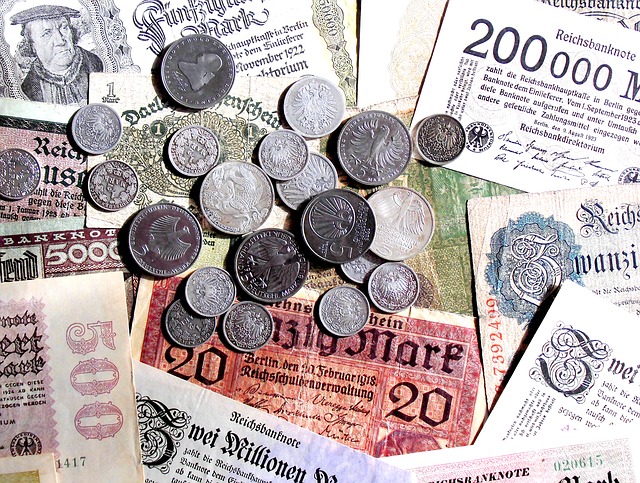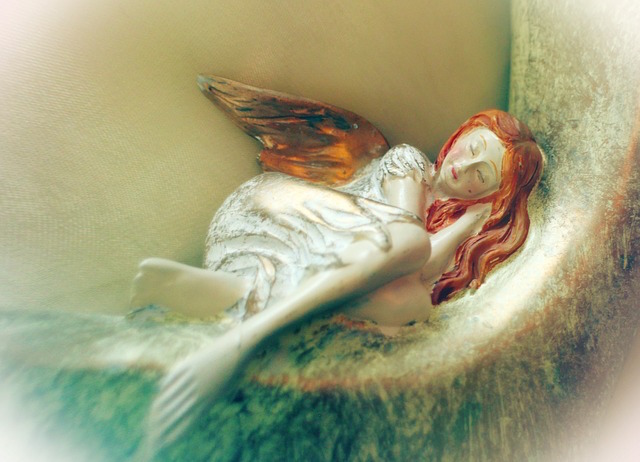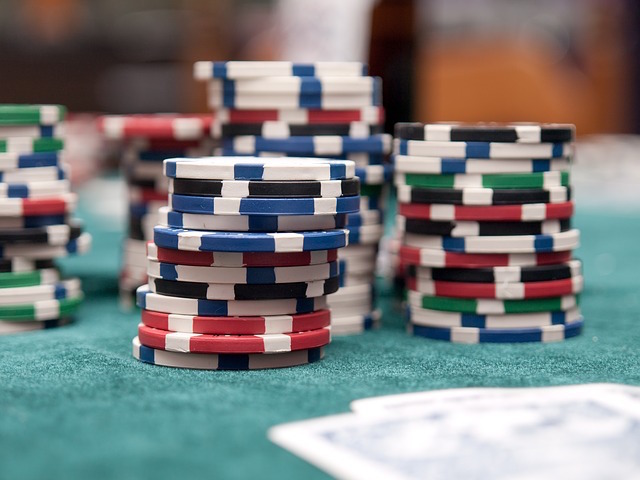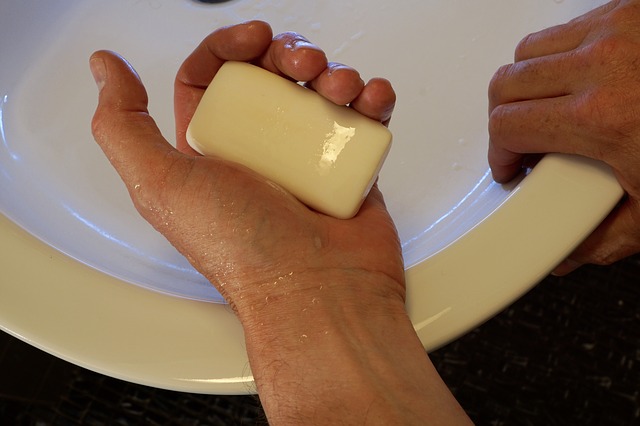Sleeping on your left side

from the website Natural Cures.
First, preview the vocabulary below. Then watch the video and read the text at the same time. You can read either on-screen or below. It’s your choice.
Vocabulary:
affect: make a change in (something)
boost: make better
digestion: the body’s system that makes use of the food you eat/
digestive: having to do with your body’s making use of the food you eat.
sleep apnea: a condition where you stop breathing for a short time
asthma: a condition where you can’t breathe well
while: but
holistic medicine: a system of medical treatment for the whole body, not just one part
lymphatic: having to do with the movement in the body of a clear fluid called lymph.
toxins: poisons from the environment
thoracic duct: the main pipeline of the lymphatic system
node: a knot-like mass of tissue
bolsters: makes (it) work better
Ayurvedic: of the ancient Hindu art of medicine
break down: make into smaller, harmless pieces
intestine: the lower part of the digestive system
colon: the bottom part of the digestive system
bowel movement: waste food exiting the body
pancreas: the gland that puts a digestive fluid into the intestine
pancreatic enzymes: digestive fluids produced by the pancreas
pregnant: having a baby growing inside
circulation: the movement of blood throughout the body
drainage: slow removal
aortic: from the left part of the heart
uterus: the part of a woman’s body where a baby grows
liver: the organ in the body that makes chemicals and drugs harmless
kidneys: the organs that remove waste from the blood
fetus: the tiny baby inside the uterus
heartburn: a burning sensation in your stomach
acid reflux: a condition in which stomach acid comes up
chronic: happening all the time
switch: change
spine: backbone
flip: turn over
dim: very little light
glaucoma: abnormally high fluid pressure in the eye
carpal tunnel syndrome: a painful disorder of the wrist and hand
Everyone knows how important sleep is for keeping in good physical and mental health. However, how long you sleep is just as important as the way you sleep. The position you sleep in can affect your health, help keep your skin looking young, and boost your digestive health. There are a few ways you can sleep – on your front, your back, your left side, and your right side – and they all affect your health. Sleeping on the back can be harmful for people with sleep apnea or asthma because it can make it harder to breathe. Sleeping on the right side is likely to make digestive problems worse, while sleeping on the left side may boost digestion. Sleeping on the left side is believed to greatly boost health and even save lives. In holistic medicine, the left side of the body is the controlling lymphatic side, and while you’re sleeping on this side, your body will have more time to filter toxins, lymph fluid, and waste through the thoracic duct and the lymph nodes.
Here are six ways sleeping on your left side is good for your health.
1. It bolsters the lymphatic system
Ayurvedic medicine says that sleeping on your left side lets your body better filter lymph fluid and waste through the lymph nodes. This is because the left side of our body is the stronger lymphatic side. Western studies also found that sleeping on the left side can help the body break down waste materials from the brain. However, sleeping on the right side can lower the lymphatic system’s power.
2. It may improve digestion.
When it comes to digestion, sleeping on the left side may be better than the right because of gravity. Lying on the left side lets food waste easily move from the large intestine into the lower colon, meaning you’re more likely to have a bowel movement when you wake up. Sleeping on the left side lets the stomach and pancreas hang naturally because our stomach lies on the left side of the body. This can make sure the body keeps creating pancreatic enzymes and will help other digestive processes.
3. It is good for your heart.
Doctors advise that pregnant women sleep on their left side to boost circulation to the heart. Even if you’re not pregnant or a woman, sleeping on the left side may help take some weight off the heart. Gravity can help lymph drainage toward the heart and aortic circulation away from the heart.
4. It’s ideal for pregnant women.
Sleeping on the left side doesn’t only boost pregnant women’s circulation. It can also ease weight on the back, keep the uterus from squeezing the liver, and raise blood flow to the uterus, kidneys, and fetus. For this reason, doctors tell pregnant women to spend as much of their sleep time as possible on their left sides.
5. It may reduce heartburn.
A study written in The Journal of Clinical Gastroenterology found that lying on the left side can help lower acid reflux signs. This is because our stomach lies on the left side. Lying on the right side may worsen these signs. The help comes very fast. If you’re feeling heartburn after a meal, try lying down on your left side for ten minutes.
6. It may relieve back pain.
People with chronic back pain may feel a little better if they switch to sleeping on their left side. That is because sleeping on your side can ease weight on the spine. Feeling more comfortable will raise your chances of getting a good night’s sleep.
If you usually sleep on your back, your front or your right side, you may wonder how to break that habit and start sleeping on your left side. It will take some time and practice, but you will be able to quickly train your body to sleep in this position. Here are some tips. You can try lying on your left side and press a full-length body pillow up against your back. The pillow will stop you from rolling over during the night. Try switching the side of the bed you sleep on. This will make it easier for you to flip to your other side and have the same great sleep. Another trick is to keep a dim light lit on your right side because your body will naturally want to turn away from the light while you sleep. It will make it easier for you to sleep on your left side. Try these small changes as soon as you can. They will make you sleep better and lead you to better health.
It is important to note that some people, like those with heart disease, sleep apnea, glaucoma and carpal tunnel syndrome, may not get help from sleeping on their left sides. If you’re not sure about what sleep position would be best for you, it is always a good idea to ask a doctor.



